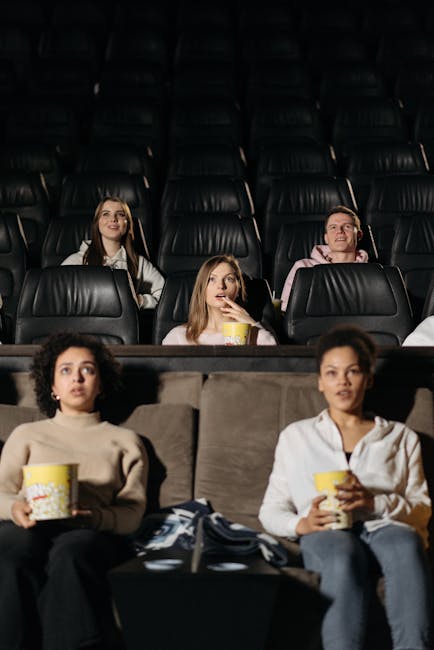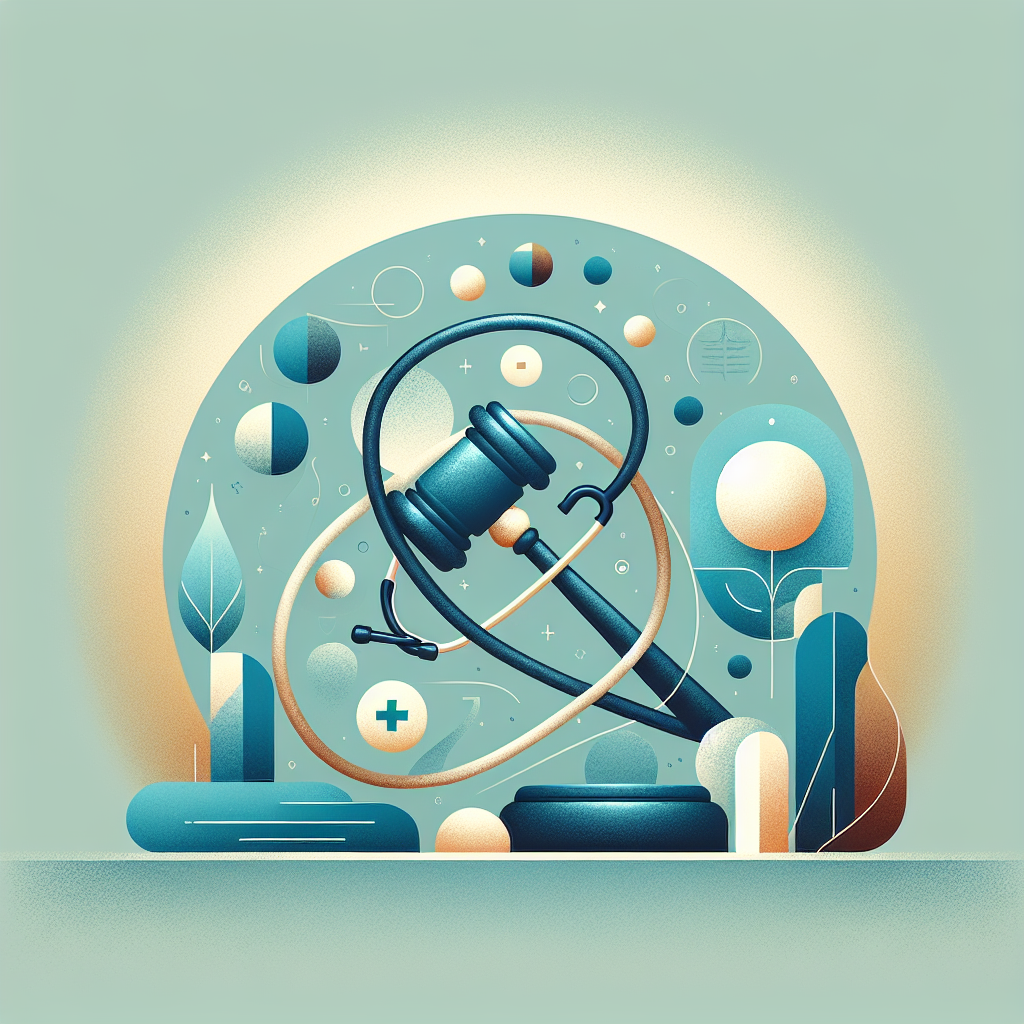Revolutionary Films: The Best 1960s Movies and Their Impact
The 1960s was a transformative decade for the film industry. It was a time of social upheaval, cultural shifts, and a revolution in cinematic techniques and storytelling. From groundbreaking special effects to bold narratives, the movies from this era have left an indelible mark on the world of cinema. In this blog post, we will explore some of the most influential films of the 1960s and their lasting impact on both the industry and audiences.
The Cultural Context of the 1960s
Understanding the cultural context of the 1960s is crucial to appreciating the revolutionary nature of its films. The decade was marked by significant events such as the Civil Rights Movement, the Vietnam War, and the counterculture movement. These societal changes were reflected in the films of the time, which often challenged traditional norms and pushed the boundaries of what was considered acceptable in mainstream cinema.
Social and Political Turbulence
The 1960s saw a rise in films that addressed social and political issues head-on. Movies like “To Kill a Mockingbird” (1962) tackled themes of racial injustice, while “Dr. Strangelove” (1964) offered a satirical take on the Cold War and the threat of nuclear annihilation. These films not only entertained but also provoked thought and discussion, making them powerful tools for social change.
The Rise of Counterculture
The counterculture movement of the 1960s also had a significant impact on the film industry. This was a time when young people were rejecting the values of their parents’ generation and seeking new forms of expression. Movies like “Easy Rider” (1969) captured the spirit of rebellion and the quest for personal freedom that defined the era. The film’s success demonstrated that there was a market for stories that resonated with the counterculture audience.
Technological Innovations in 1960s Cinema
The 1960s was also a decade of technological innovation in filmmaking. New techniques and advancements in special effects allowed directors to create more visually stunning and immersive experiences for audiences.
Advancements in Special Effects
One of the most significant technological advancements of the 1960s was the development of new special effects techniques. Stanley Kubrick’s “2001: A Space Odyssey” (1968) is a prime example of this innovation. The film’s groundbreaking visual effects set new standards for the industry and influenced countless science fiction films that followed. Even today, “2001: A Space Odyssey” is considered a masterpiece of visual storytelling.
The Introduction of Cinemascope
The use of Cinemascope, a widescreen format, became more prevalent in the 1960s. This technology allowed filmmakers to create more expansive and visually engaging scenes. Movies like “Lawrence of Arabia” (1962) made full use of Cinemascope to capture the vastness of the desert landscape, enhancing the epic nature of the story. The film won seven Academy Awards, including Best Picture, and remains a benchmark for widescreen cinematography.
Iconic 1960s Films and Their Impact
Several films from the 1960s have become iconic not only for their artistic achievements but also for their influence on future generations of filmmakers and audiences. Let’s take a closer look at some of these groundbreaking movies.
“Psycho” (1960)
Alfred Hitchcock’s “Psycho” redefined the horror genre with its shocking plot twists and psychological depth. The famous shower scene has become one of the most iconic moments in cinema history. “Psycho” also broke new ground in its portrayal of violence and sexuality, challenging the boundaries of what was acceptable in mainstream films. Its influence can be seen in countless horror movies that followed.
“The Graduate” (1967)
Mike Nichols’ “The Graduate” captured the disillusionment and confusion of a generation coming of age in the 1960s. The film’s innovative use of music, particularly the soundtrack by Simon & Garfunkel, set a new standard for how music could be integrated into a film’s narrative. “The Graduate” also launched the career of Dustin Hoffman and remains a touchstone for films about the challenges of young adulthood.
“Bonnie and Clyde” (1967)
Arthur Penn’s “Bonnie and Clyde” was a groundbreaking film that blurred the lines between hero and villain. Its portrayal of the infamous outlaws as sympathetic antiheroes challenged traditional notions of morality in cinema. The film’s graphic violence was also controversial at the time, but it paved the way for more realistic and unflinching depictions of violence in future films.
The Legacy of 1960s Cinema
The films of the 1960s have left a lasting legacy on the film industry. Their influence can be seen in the storytelling techniques, visual styles, and thematic depth of contemporary cinema.
Influence on Modern Filmmakers
Many of today’s most acclaimed directors cite 1960s films as major influences on their work. Quentin Tarantino, for example, has spoken about how movies like “Bonnie and Clyde” and “The Good, the Bad and the Ugly” (1966) shaped his approach to filmmaking. The emphasis on character development, moral ambiguity, and stylistic innovation that defined 1960s cinema continues to inspire new generations of filmmakers.
Enduring Popularity
The popularity of 1960s films endures to this day. Many of these movies are regularly re-released in theaters, featured in film festivals, and celebrated in retrospectives. Their timeless appeal lies in their ability to resonate with audiences across different generations. Whether through powerful storytelling, innovative visuals, or thought-provoking themes, the best 1960s movies continue to captivate viewers.
Conclusion: The Lasting Impact of 1960s Movies
The 1960s was a decade of revolution in cinema. The films from this era pushed boundaries, challenged societal norms, and introduced new technological advancements that changed the industry forever. From the social and political commentary of “To Kill a Mockingbird” and “Dr. Strangelove” to the visual innovation of “2001: A Space Odyssey” and the cultural resonance of “Easy Rider,” the best 1960s movies have left an indelible mark on the world of film.
As we look back on these revolutionary films, we can see how they have shaped not only the history of cinema but also our understanding of storytelling and artistic expression. Their impact continues to be felt today, reminding us of the power of film to reflect and influence the world around us.
Whether you are a film enthusiast, a student of cinema, or simply someone who appreciates great storytelling, the movies of the 1960s offer a treasure trove of inspiration and insight. So, take a journey back in time and explore the revolutionary films of this remarkable decade. You won’t be disappointed.






Leave a Reply
You must be logged in to post a comment.